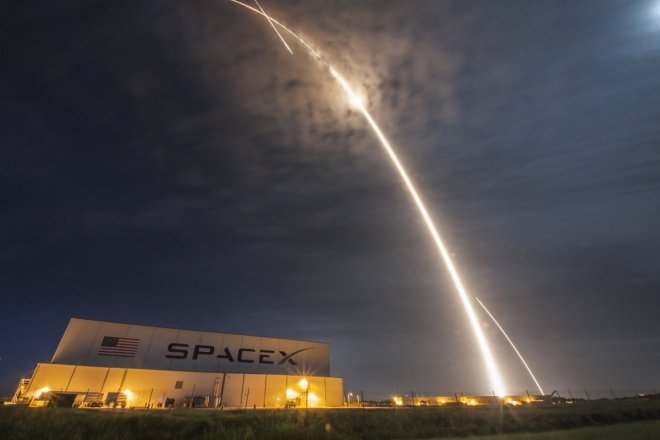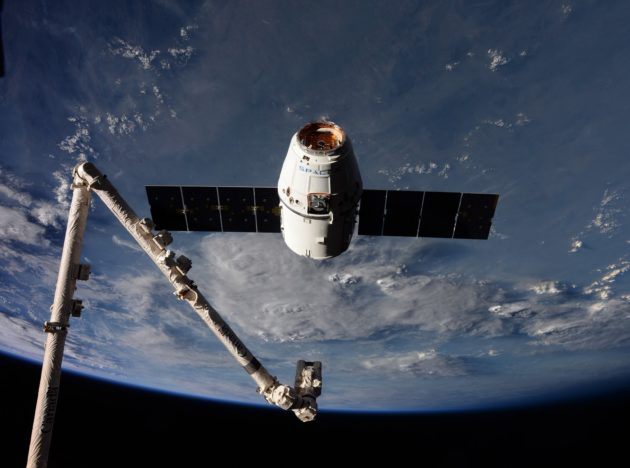If everything goes fine, your next holiday destination could be in the outer space. The long-held hope has soared after SpaceX CEO said he will fly two private individuals on a trip around the moon in 2018.
Space Exploration Technologies Chief Executive Elon Musk assures that by late 2018 it will be possible to take a trip in the outer space and he is going to kickstart his venture by using a spaceship which is slated for NASA astronauts and a Falcon Heavy rocket from the Space X stable.

But if anyone is under the illusion that it is going to be a cheap ride, you are grossly mistaken. A single ticket in this futuristic extravaganza is going to make your pocket lighter by a whopping $250,000, and you may have to stand in the line because SpaceX has already got a backlog of 70 missions worth $10 billion that it has taken to undertake for NASA and commercial customers.
But the first flight will always be special and Musk is surely charging more than the asking price because he chose not to divulge the first two people who are going to embark on this weeklong tourist trip and how much it is costing them for the privilege. All he would say at this moment that it is "nobody from Hollywood" but they have shelled out a "substantial" deposit and they need to go through an "extensive training before going on the mission."

These two space tourists are going to fly out 300,000 to 400,000 miles (480,000 to 640,000 km) from Earth and wheeze past the moon before Earth's gravity ultimately pulls the ship back into its atmosphere and they come back to the Earth's surface safe and sound through a parachute landing.
The SpaceX CEO is not looking at this as a novelty item but actually as a full-fledged business and says that "I think there's a market for one or two of these per year," and over time this could actually make ten to twenty percent of the revenues made by the firm.









